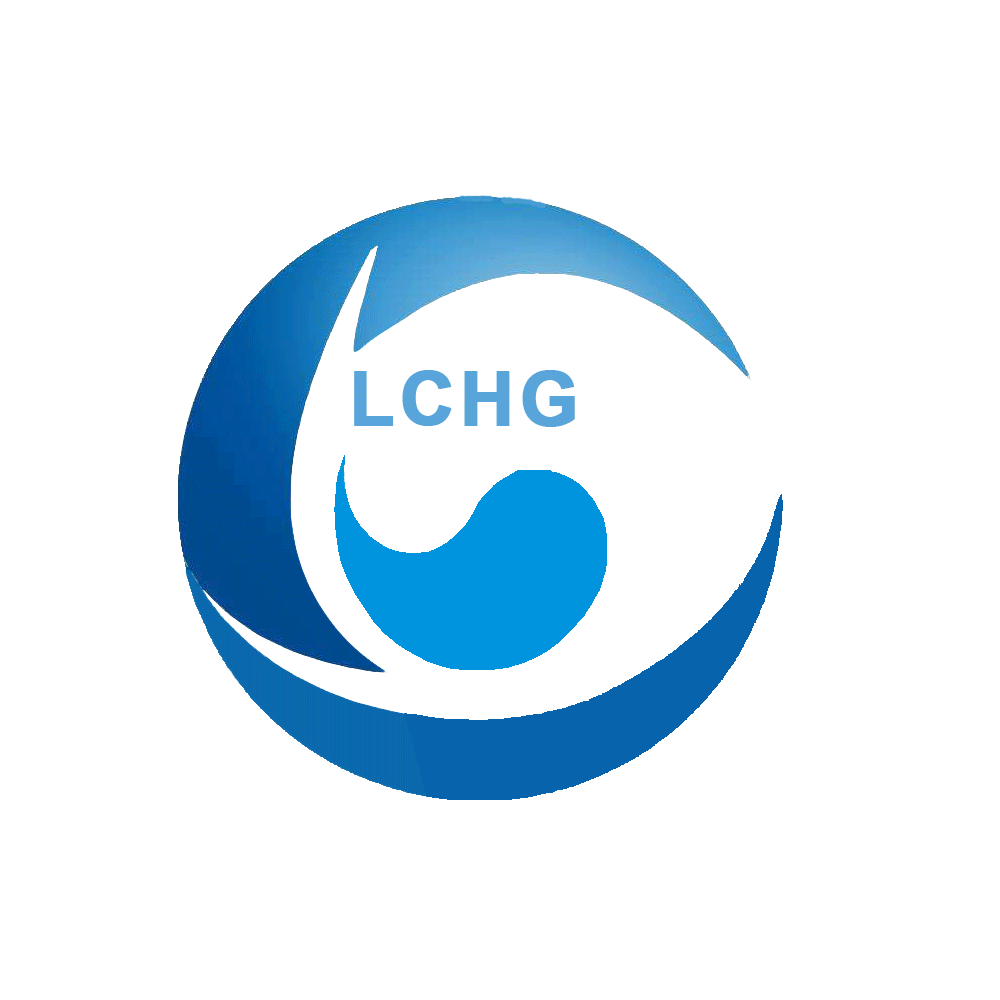How to apply alicyclic epoxy resin in UV light curing coating?
UV curing technology is broadly divided into UV free radical and UV cationic systems, UV cationic coatings with excellent processing properties in metal cans, rolled steel and flexible packaging industry is widely used, the main market is now also In Europe and the United States.
UV cationic and UV free radical materials are very different, but the overall composition is similar. Cationic systems are dominated by epoxy materials, but ordinary bisphenol A type epoxy reacts slowly, with more applications of alicyclic epoxy/oxetane type materials; free radical systems are now very mature commercially, with epoxy/polyester/polyurethane modified acrylate materials providing more choice of solutions.
UV cationic system can choose fewer kinds of raw materials compared to free radical system, and the polymer is mainly low viscosity alicyclic epoxy resin. Take alicyclic epoxy resins as an example.
TTA21 of various purity specifications is the most dominant product in the UV coating industry. As the application of cationic UV coatings continues to grow significantly, it is expected that the amount of alicyclic epoxy resins represented by TTA21 will increase.
In the specific product application of ink/coatings, in addition to both needing UV light to provide curing energy, the two systems show major differences in performance and reaction characteristics.
1. Oxygen-blocking effect
UV cationic system does not have the effect of oxygen-blocking, but is more afraid of water, moisture will affect the curing efficiency of the cationic system; UV free radicals are the opposite, and are more affected by oxygen-blocking.
2. Substrate adhesion
Usually in the more difficult to adhere to the surface of the substrate, such as glass / metal / high-density plastic, UV cation than UV free base has better adhesion performance.
3. Volume shrinkage rate
UV free radical system formulation curing shrinkage rate is generally above 10%, while UV cation system can control the shrinkage rate of 1-3%, is a good solution to solve the volume shrinkage.
4. Dark curing characteristics
UV cation system can continue to react to the inner layer after stopping the light source irradiation, to complete the material after curing, this is the dark curing characteristics, very suitable for thick coating applications, heating the cation after curing speed is significantly helpful; UV free radical is a stop-and-go reaction system.
5. Contact safety
UV cation system reaction degree is close to 100%, safety can be REACH / FDA testing certification, can be used in food packaging and other related fields.
6. Light curing speed
In general the UV free radical system curing speed than the cationic system, affected by oxygen-blocking products cationic surface drying will be faster, but the actual drying speed is not as fast as the free radical, you can promote the reaction by heating, and eventually can reach a very good degree of completion.
Formulation notes
UV cation system can be mixed with UV free radical system in any proportion, called UV hybrid system, can improve the relative curing speed of UV cation and UV free radical shrinkage, affected by oxygen barrier and other shortcomings, the same film thickness of the system curing energy difference is not large.
UV cation system is to rely on the initiator generated by Lewis strong acid to do the active point of the ring-opening reaction, the formula will commonly affect the initiator activity of the material is mainly azo organic pigments (can be modified to do protection), and free radicals mixed with TPO/819/907 and other structures containing P, S and other elements of the initiator, and similar to 115 multi-level amine.
Humidity has a greater impact on the UV cation system curing, control the ambient humidity within 50% is appropriate; while heating will speed up the reaction rate.
UV Photoinitiator Same series products
